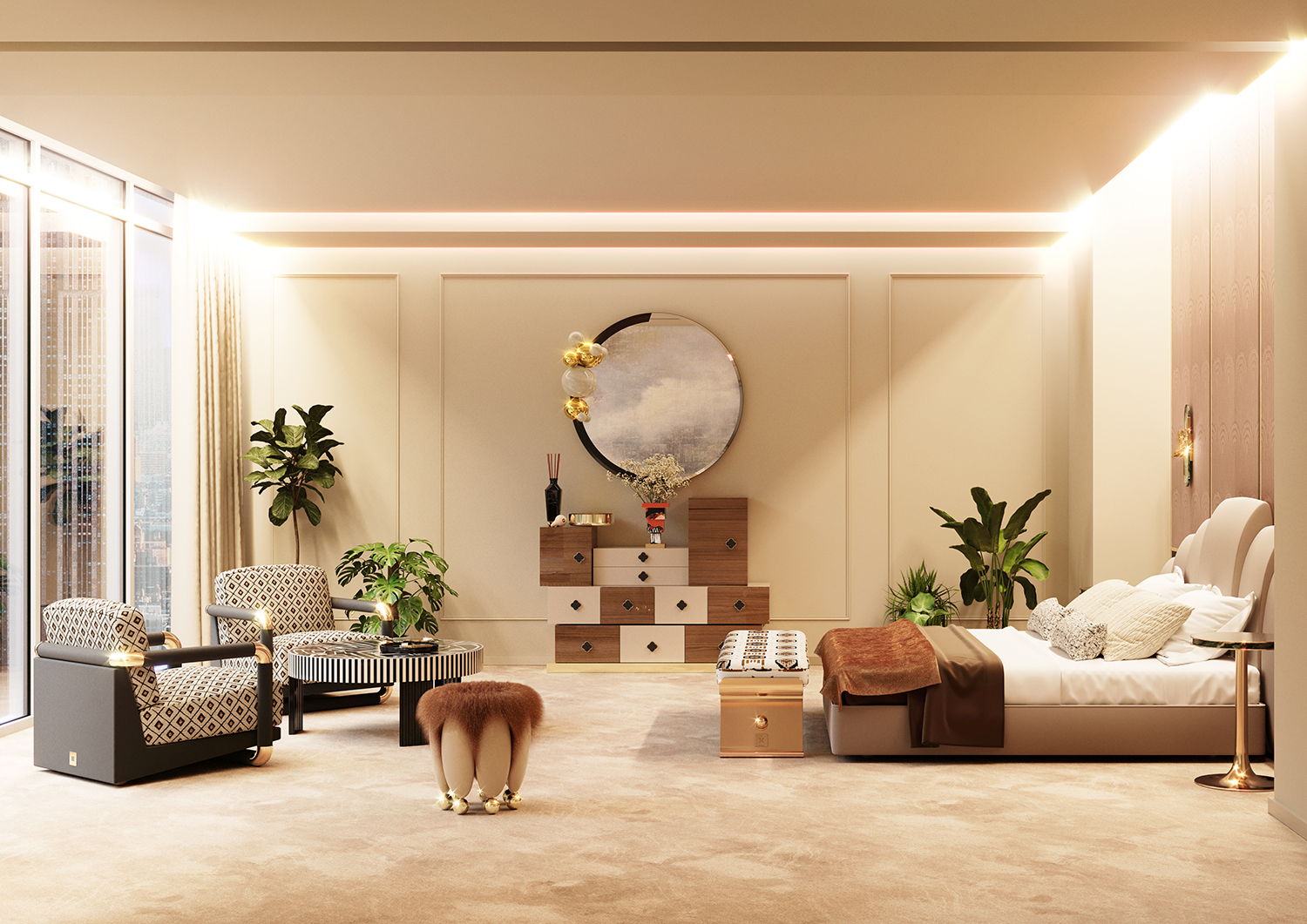A premier Architecture Firm can design your dream space.
A premier Architecture Firm can design your dream space.
Blog Article
Transform Your Home With Important Concepts of Interior Design and Aesthetics
By recognizing the impact of color concept and the significance of structure and patterns, one can create rooms that are not just aesthetically appealing however also deeply individual. Achieving this stability includes even more than plain design; it incorporates a calculated setup and an eager understanding of just how each component engages within a space.
Understanding Shade Theory
Understanding the concepts of color concept permits developers to create rooms that reverberate mentally with residents while meeting functional requirements. Each group plays a crucial duty in establishing harmony within a room.
The mental influence of shades is extensive; warm colors such as reds and oranges evoke energy and heat, while trendy tones like blues and greens promote peace and peace. Moreover, using complementary colors improves visual rate of interest, creating striking contrasts that can boost a space's charm.
Neutral colors, on the other hand, offer as a functional backdrop, enabling various other layout elements to shine. It is important to consider elements such as lights and the area's objective when picking a color palette, as these can modify the assumption of shades throughout the day.
Ultimately, a well-considered shade system can transform a space, promoting a feeling of convenience and design that aligns with the inhabitants' choices. Mastery of shade concept is, as a result, a vital skill for any kind of interior designer intending to produce harmonious and welcoming atmospheres.
Accomplishing Balance in Design
Just how can designers achieve a sense of equilibrium in their rooms? Accomplishing equilibrium in design is fundamental to developing harmonious interiors. Designers can make use of 3 primary types of balance: balanced, asymmetrical, and radial. In proportion balance involves organizing elements evenly around a central factor, promoting a feeling of order and harmony. This type usually includes pairs of furniture or artwork, enhancing aesthetic stability.
Asymmetrical balance, on the various other hand, depends on differing elements that still accomplish a natural look. This technique permits for even more vibrant and casual plans, giving rate of interest while keeping stability. By thoroughly picking differing dimensions, shades, and textures, designers can produce a visually compelling area that feels well balanced yet energetic.
Radial equilibrium stresses a central prime focus with aspects emitting outside. This style is frequently seen in round layouts, where furniture and style produce a cohesive border that attracts the eye inward.
Ultimately, attaining balance needs thoughtful factor to consider of range, percentage, and the connections in between components. miami luxury interior design. By skillfully applying these equilibrium principles, developers can transform spaces into environments that really feel both cosmetically pleasing and functionally unified, boosting the overall experience for passengers
Importance of Spatial Understanding

A keen feeling of spatial awareness permits web link designers to recognize prime focus within an area, guiding the viewer's interest to vital attributes while maintaining an overall feeling of unity. It also helps in the critical placement of illumination, which can considerably influence the understanding of room and mood. In addition, recognizing spatial partnerships allows the designer to deal with the specific needs of inhabitants, making sure that each area offers its designated objective without endangering aesthetics.
Inevitably, spatial understanding is important for making best use of the potential of any interior room. By meticulously considering the interaction in between dimensions, format, and function, developers can develop environments that not only fulfill sensible needs but likewise stimulate a sense of convenience and charm, improving the overall living experience.
Incorporating Appearance and Patterns
Embracing a varied array of structures and patterns can dramatically enhance the visual and tactile allure of an indoor area. The tactical use different products-- such as wood, steel, textile, and rock-- creates deepness and passion, making a space really feel extra inviting and dynamic. Combining smooth surface areas with rough appearances can develop an equilibrium that attracts the eye and involves the detects.
When including patterns, think about both scale and rep. Large patterns can act as focal points, while smaller, subtle styles can enhance other components without overwhelming the room. Layering patterns, such as pairing floral pillows with striped visit this web-site throws, includes complexity and a sense of consistency if executed thoughtfully.
It is also vital to preserve a why not find out more cohesive color scheme, making sure that structures and patterns work with each other instead of contend for interest. By picking a few key appearances and patterns, you can develop an unified visual that reflects your personal style while improving the general setting of the room. Ultimately, the mindful unification of these components can transform an ordinary space right into a sophisticated environment rich with character and warmth.
Personalizing Your Area
Developing a room that mirrors your character is important to achieving a truly inviting atmosphere. Personalization in indoor style permits you to instill your distinct style and passions into your home, changing it from a simple sanctuary into a sanctuary that talks with who you are. Begin by choosing a color scheme that reverberates with your emotions-- vibrant tones can invigorate, while soft tones offer tranquility.
Integrate art work and style that mirror your interests, whether it be traveling, nature, or abstract ideas. Displaying individual collections, such as publications, photos, or keepsakes, can evoke cherished memories and create focal points within an area. In addition, think about customizing functional pieces, like upholstered furniture, to align with your aesthetic choices.

Conclusion
To conclude, the makeover of a home via the essential concepts of indoor style and looks necessitates a thorough understanding of color concept, equilibrium, spatial recognition, structure, and customization. Each element contributes significantly to developing an unified and useful living setting - miami interior design. By attentively incorporating these concepts, individuals can enhance the visual allure and emotional vibration of their spaces, inevitably promoting a home that shows unique identities while providing comfort and functionality
Report this page